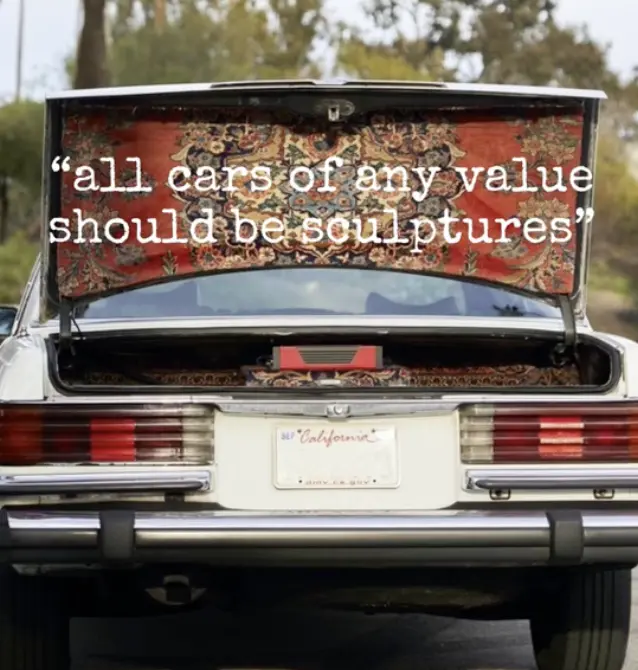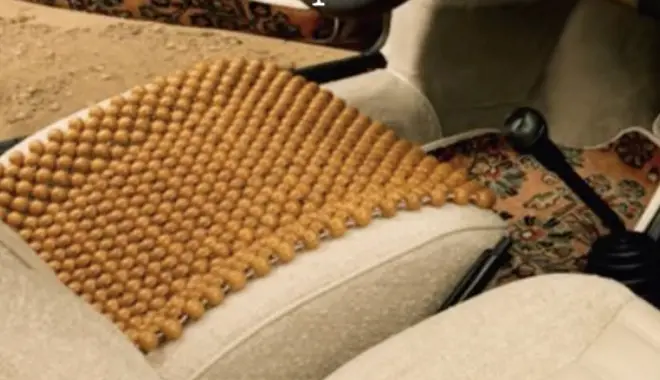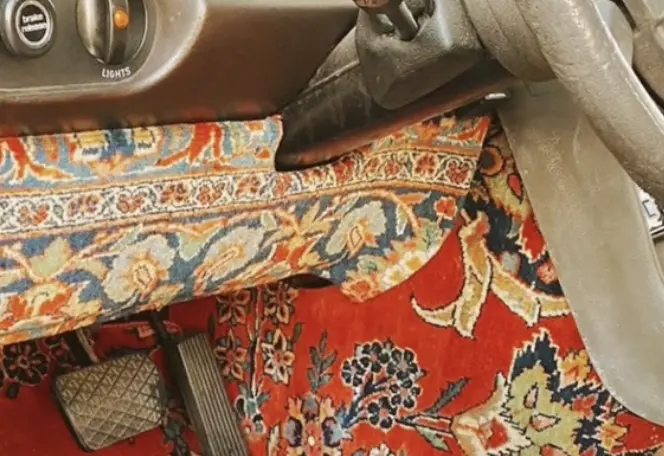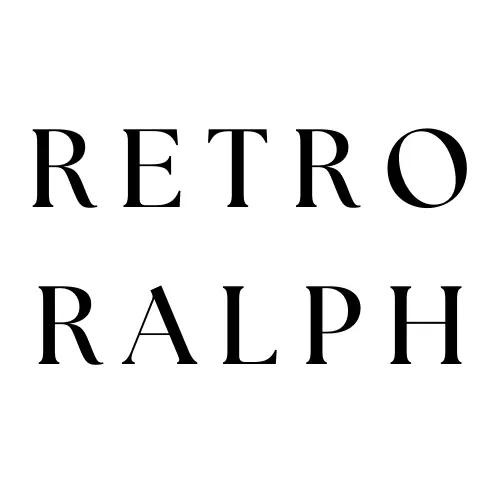In a fusion of classic automotive engineering and traditional craftsmanship, vintage cars are receiving a makeover that transcends the standard restoration process: an artist is turning them into rolling canvases of cultural heritage and artistic expression. Photographer and designer Mikael Kennedy is at the forefront of this unique blend of automotive customization where Persian rugs are not just a floor covering, but a statement of personal style and historical appreciation.
Kennedy’s journey into combining the plush, intricate patterns of Persian rugs with the sleek, mechanical beauty of vintage cars began somewhat serendipitously. Initially using his trusty vintage Mercedes as a means to transport and sell antique rugs, Kennedy envisioned a more permanent role for these textiles within the vehicle itself. This vision culminated in a lavish project that saw parts of a Farahan rug adorning the car’s interior, from the floorboards to the trunk and even wrapping around the subwoofer and rear deck. The result is a breathtaking juxtaposition of color and design, transforming the car’s streamlined interior into a vibrant showcase of ornate patterns.


The retrofit was more than just a simple installation; it was a meticulous collaboration with a professional upholsterer. Together, they ensured the rug’s motifs were perfectly aligned under the dash, with the centerpiece design majestically situated in the trunk. Kennedy once humorously noted the durability of Persian rugs, mentioning that the upholsterer broke three pairs of expensive scissors during the process. This anecdote not only highlights the quality and resilience of Persian rugs but also mirrors the lasting legacy of diesel Mercedes vehicles, known for their robustness and longevity.
This concept of lining vintage cars with Persian rugs speaks to a broader trend of personalizing vehicles in ways that reflect the owner’s identity, tastes, and even cultural heritage. It’s a movement away from viewing cars solely as modes of transportation or symbols of status; a movement toward appreciating them as works of art that encapsulate the spirit of their owners. The integration of Persian rugs—a symbol of craftsmanship, history, and artistry—into vintage cars elevates these machines to moving sculptures, each telling a story of cultural confluence and personal expression.



Kennedy, who also runs a Los Angeles-based shop called King Kennedy Rugs, is not stopping with just one car. He’s already embarked on a similar customization for a Porsche 911, promising another stunning blend of automotive and textile art. Beyond cars, Kennedy’s creative ventures extend to transforming Persian carpets into unique garments and shoes, showcasing his innovative approach to repurposing traditional materials into new forms.

As this trend gains traction, it poses intriguing questions about the future of automotive customization and the ways in which we express our individuality through the vehicles we choose to drive. Kennedy’s projects remind us that cars, much like Persian rugs, are more than just objects; they are canvases awaiting transformation, ready to carry the spirit of their owners down the road less traveled.





